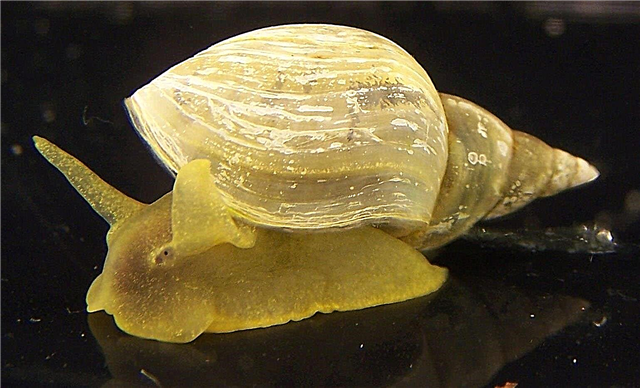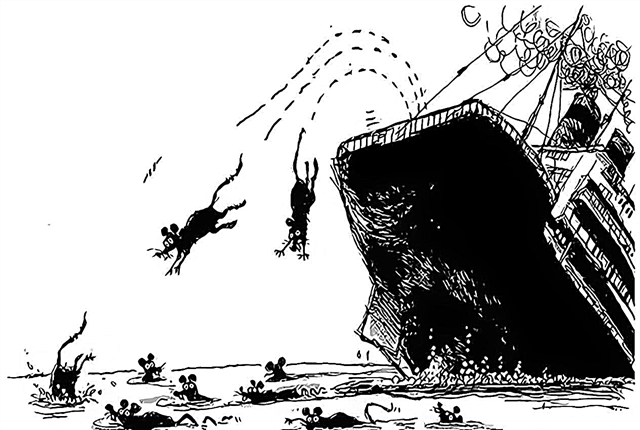
To heat the apartment in winter, batteries are installed in the rooms and connected to a common heating system. Most people know that the inside of the battery is filled with water, which, if necessary, heats up to the right temperature. However, many are not aware of how the heating system works, and why in the summer, when heating is not required, water is not drained from them.
The principle of heating
First you need to consider how the heating system works. It begins with a boiler room, where a boiler is designed that runs on a specific fuel. He will be responsible for heating the water and its circulation.
Pipes are laid from the boiler to rooms that need to be heated. In urban conditions, the length of the pipes can reach several kilometers, and they are laid underground, so as not to disturb residents. In the rooms, the pipes are connected to radiators (batteries), which heat the environment. Radiators used to be made of cast iron, but now the emphasis is on aluminum and brass because of higher reliability: cast-iron batteries quickly rusted and became unusable.

After connecting the structure, it is filled with special water, which is called a “coolant”. Its distinctive feature is that special alkali is a partanti-corrosion. This protects the inside of the battery from rust and extends battery life.
Interesting fact: If you fill the battery with ordinary water, it will become worthless after a couple of months.
When the pipes and radiators are completely filled with liquid, the boiler begins to heat it and also circulate in a circle so that stagnation does not form. Increasing the temperature of the coolant causes the battery to heat up and radiate heat, the room is heated.
Depending on the weather outside, the boiler temperature is regulated in the boiler room and, consequently, the temperature of the batteries. This is done by supplying fuel and setting operating modes. Previously, coal was most often used as fuel; now, gas, fuel oil and electricity sources are preferred.
Why is the battery not drained in summer?
In the warm season, heating is not required, and the boiler ceases to heat the coolant in the radiators. This may raise the question: why not drain the water from the batteries?
The fact is that draining water from radiators can damage their performance. As mentioned above, the coolant is poured into pipes and batteries in such a way as to completely fill the space inside. This eliminates the presence of air inside and prevents its further penetration inside. If at least a little oxygen gets into the radiator, this will accelerate the process of rust formation in those places where it comes into contact with the surface.
Since batteries are subject to corrosion, people try to slow down this process in every way. The high alkali content in the coolant and isolation from air help in this.
If, due to certain circumstances, you need to drain the water from the battery, you need to be prepared for two factors. First, first you need to block the flow of a new coolant and drain the old one. Secondly, if the battery is empty for too long, it will begin to deteriorate. These rules are also guided by the planned replacement of radiators and pipes, having previously agreed with the city services.
In summer, batteries are not drained to prevent corrosion inside the radiator. The alkaline coolant with which it is filled prevents rust and extends the service life. If you drain the water from the battery, in a few months its condition deteriorates significantly, respectively, and the service life decreases.












